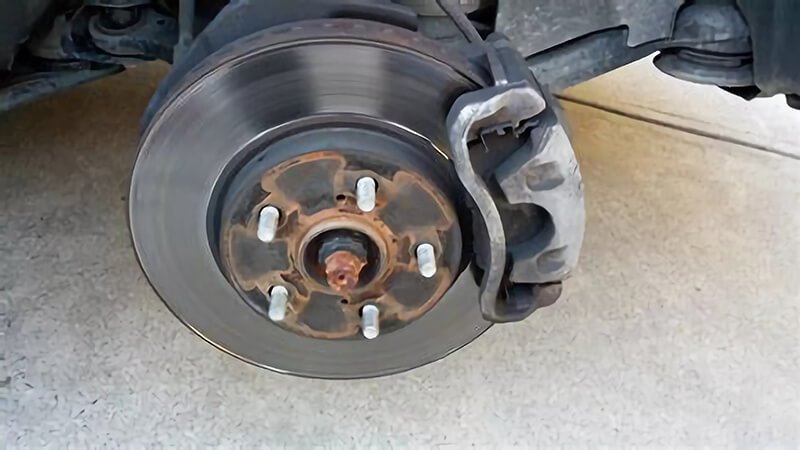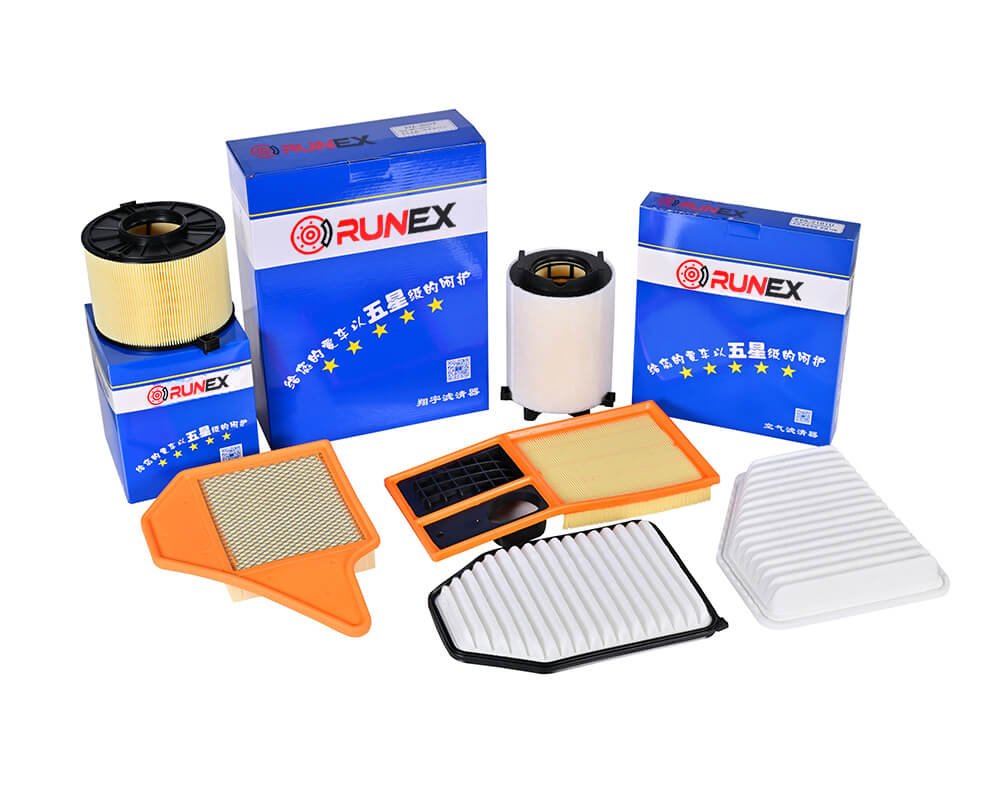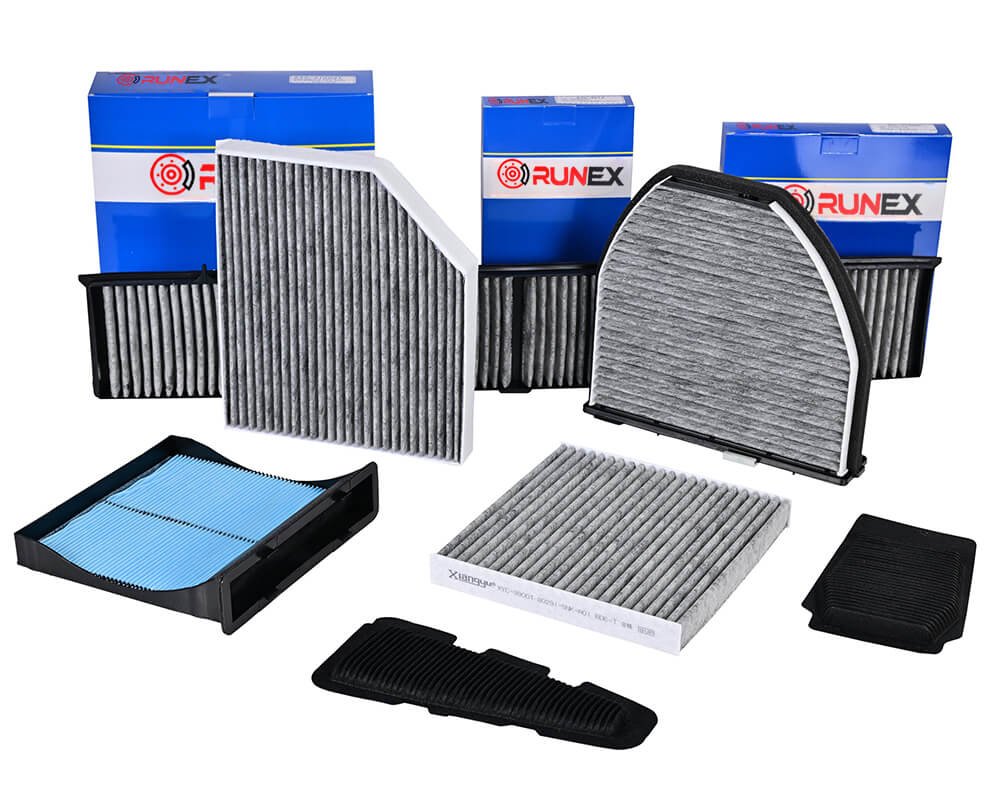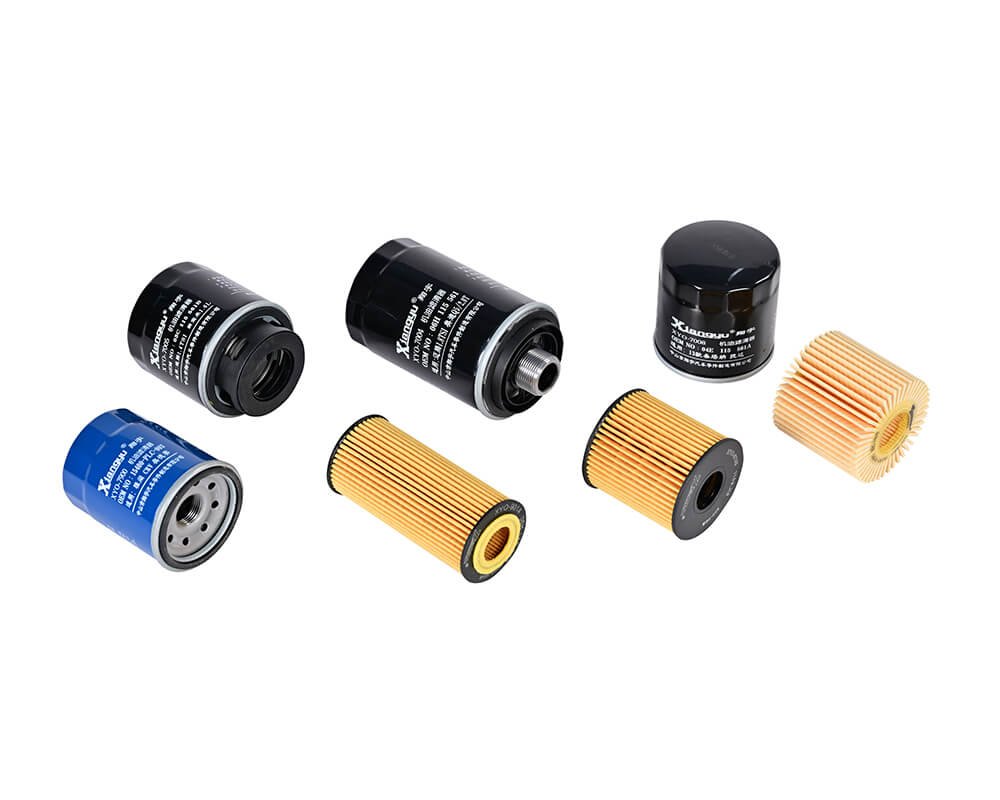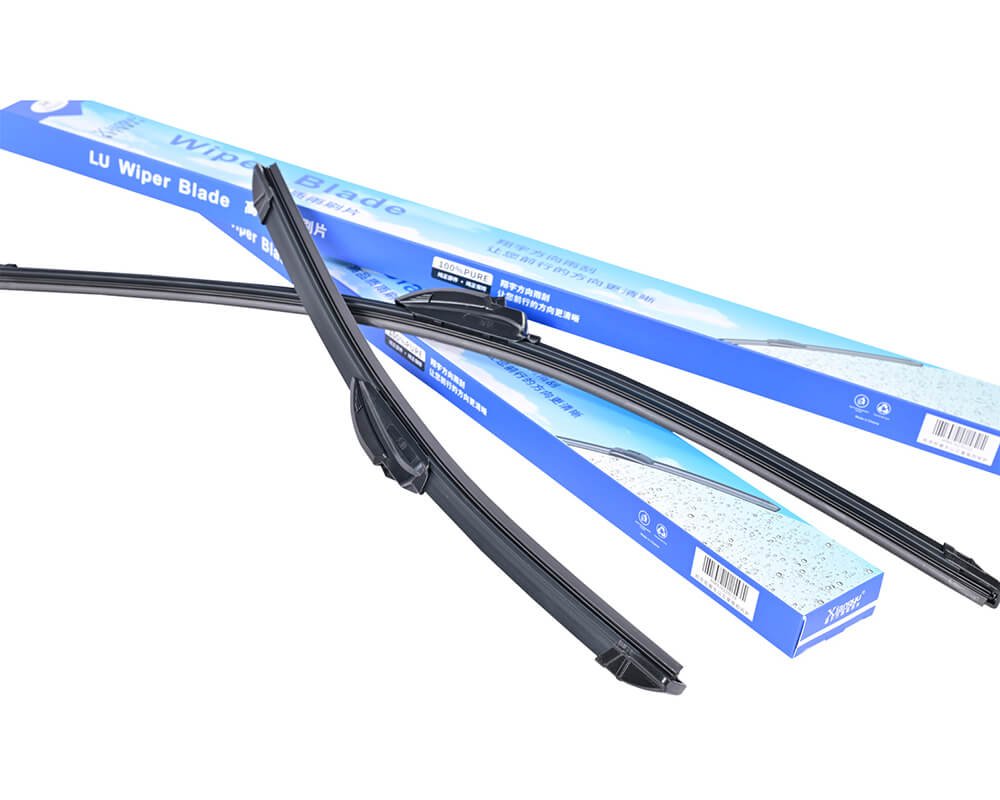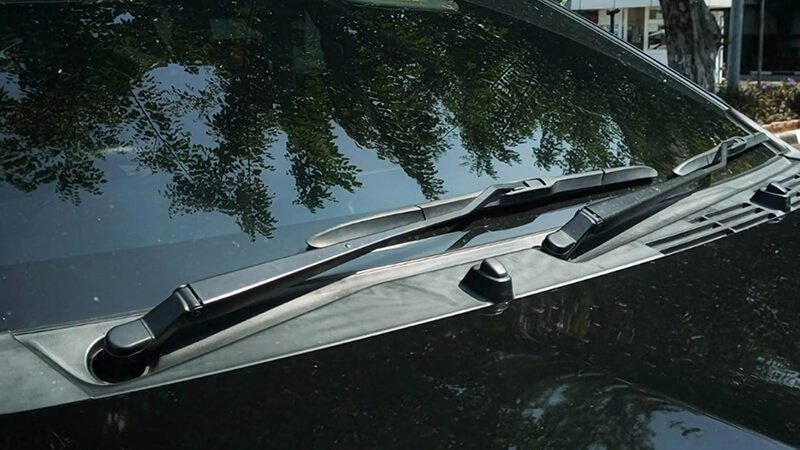If you’re in the market for new brake pads, knowing which types and makes are the best fit for your vehicle is crucial. With so many options, it can be overwhelming. In this guide, we’ll break down everything you need to know about brake pad options for all types of cars.
Brake pads are a critical component for vehicle safety, and choosing the right one depends on various factors like car type and driving habits. In this post, we’ll discuss the different types of brake pads and highlight the most popular makes used by drivers worldwide.
Understanding the different types of brake pads is a good starting point for selecting the right one for your car. Let's dive deeper into the various types and how they impact your driving experience.
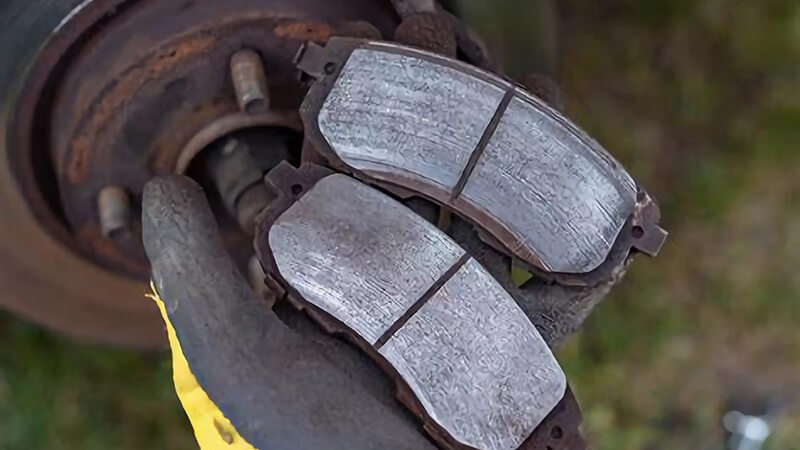
What are the different types of brake pads for cars?
Brake pads are not all the same. There are different types, each designed for specific driving conditions. So, what makes each type unique, and which one should you choose for your vehicle?
The three most common types of brake pads are organic brake pads1, semi-metallic brake pads2, and ceramic brake pads3. Each has its own pros and cons, which makes it important to choose based on your driving needs and car specifications.
The three main types of brake pads—organic brake pads, semi-metallic brake pads, and ceramic brake pads—offer distinct advantages depending on the needs of the driver and the type of vehicle. Here’s a breakdown of each:
-
Organic Brake Pads: Organic brake pads are made from materials such as rubber, carbon, and glass. These pads are quieter, produce less dust, and are softer on the rotors compared to the other types. While they offer good initial braking performance, they tend to wear down faster and aren’t as effective in high-temperature conditions. These pads are ideal for light-duty vehicles like compact cars and city commuters.
-
Semi-Metallic Brake Pads: Semi-metallic brake pads contain a mix of metal shavings and other materials. These pads are known for their durability, heat resistance, and high-performance braking. They tend to perform better in more demanding conditions, but they can be noisy and create more dust compared to organic pads. These pads are perfect for larger vehicles, trucks, and performance cars.
-
Ceramic Brake Pads: Ceramic brake pads are a newer option that combines ceramic fibers and bonding agents. They offer the best balance of performance, noise reduction, and durability. These pads are ideal for everyday driving and long-term use because they tend to last longer, offer quieter braking, and produce less dust. These are commonly used for sedans, SUVs, and luxury vehicles.
Here’s a quick comparison of the types:
| Type | Advantages | Disadvantages | Best For |
|---|---|---|---|
| Organic | Quiet, low dust, gentle on rotors | Wear down faster, not heat-resistant | Compact cars, city driving |
| Semi-metallic | Durable, heat-resistant, strong braking | Noisy, more dust, aggressive on rotors | Trucks, performance vehicles |
| Ceramic | Quiet, long-lasting, low dust | Expensive, less effective at high temperatures | Sedans, SUVs, luxury vehicles |
Each type has its advantages and is suited to different driving conditions. For example, if you do a lot of city driving with frequent stops, organic pads might be a good choice. On the other hand, semi-metallic pads are a great option for drivers who do a lot of heavy braking, like towing or driving in mountainous areas. Ceramic pads are often the best option for those looking for an all-around performer with longevity and quiet operation.
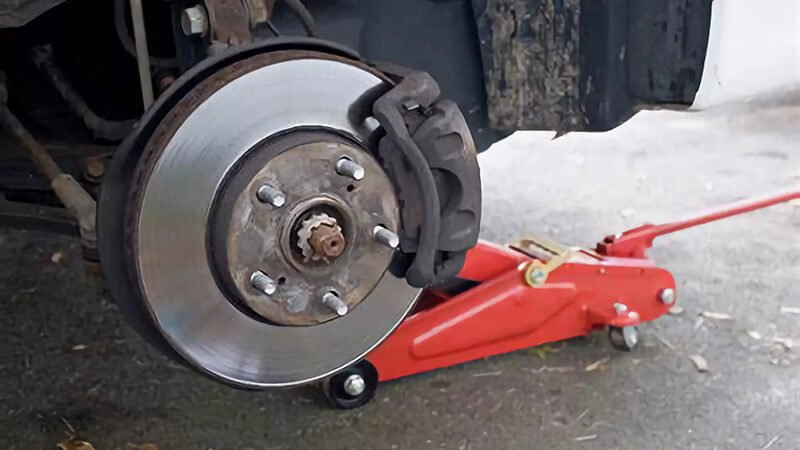
What are the most commonly used brakes?
Not all brake pads are equally popular. Some brands and types are favored more often by car owners due to their performance, price, and reliability. What are the most commonly used brakes on vehicles today?
When it comes to brake pad selection, a few names stand out. Brands like Bosch4, Brembo5, Runex6, Akebono, and Raybestos are some of the most widely used, offering high-quality and reliable brake pads for various car types.
The most commonly used brake pads are from well-established brands that have built a reputation for reliability, performance, and safety. Here are some of the top brake pad manufacturers trusted by drivers worldwide:
-
Bosch: Bosch is a leading name in automotive parts, offering a wide range of brake pads for various car models. Their QuietCast and Evolution series are popular for their reliable performance, low dust production, and quiet operation. Bosch brake pads are often recommended for both domestic and foreign cars.
-
Brembo: Brembo is one of the most well-known brands in high-performance braking systems. They provide brake pads that are designed for sports cars, luxury vehicles, and regular commuter cars. Known for their strength and performance, Brembo pads are often used in performance driving or cars that demand superior braking power.
-
Runex: Runex has quickly become a top contender in the brake pad market, known for offering a great balance between affordability and performance. Their pads are widely used in both original equipment and aftermarket applications, providing drivers with long-lasting durability and strong stopping power.
-
Akebono: Akebono specializes in ceramic brake pads and is well-regarded for offering a quiet, low-dust, and high-performance braking experience. Many vehicle manufacturers use Akebono brake pads as original equipment because of their excellent design and longevity. They offer various options for cars and light trucks.
-
Raybestos: Raybestos has a long history of providing durable and high-performance brake pads. Known for their high-quality materials and excellent braking performance, Raybestos pads are a popular choice for both original equipment and replacement.
-
Wagner: Wagner brake pads are known for their value and are a popular choice for everyday drivers. They offer a wide selection of pads for a variety of vehicles and are trusted for their consistent performance and affordable pricing.
These brands represent a good mix of performance, safety, and affordability. Depending on your vehicle and driving style, you can find brake pads from these manufacturers that meet your needs. If you're looking for reliability and longevity, Bosch and Akebono are excellent choices. For performance-driven vehicles, Brembo and Raybestos offer some of the best options.
Here’s a table comparing the top brands:
| Brand | Popular Series | Best For | Key Features |
|---|---|---|---|
| Bosch | QuietCast, Evolution | Reliable, quiet operation | Low dust, long-lasting |
| Brembo | Sport, GT | High-performance, sports cars | Superior braking power |
| Runex | ProPlus, UltraBrake | Affordable, durable, OEM/aftermarket | Strong stopping power, cost-effective |
| Akebono | ProACT, EuroACT | Quiet, low-dust braking | Ceramic, high-performance |
| Raybestos | Element3, Advanced | Durability, original replacement | High-quality materials, excellent performance |
| Wagner | ThermoQuiet, QuickStop | Everyday vehicles, value-oriented | Affordable, consistent braking |
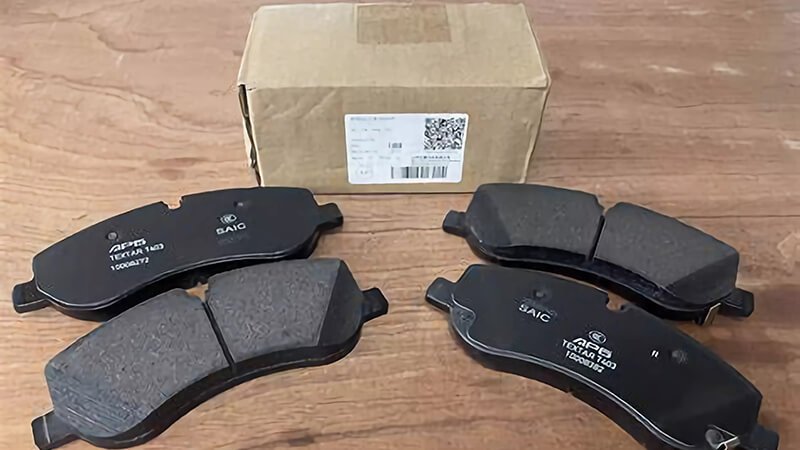
Which brake pads are used the most?
Certain brake pads are used more frequently due to their superior performance and ability to meet the demands of various car models. Which types are the most commonly used by car owners and mechanics alike?
The most commonly used brake pads tend to be ceramic and semi-metallic brake pads7, as they offer a good balance between performance and cost. These pads are popular among vehicle owners looking for reliable braking systems.
When it comes to the most frequently used brake pads, ceramic and semi-metallic brake pads8 lead the pack. Both types offer durability and performance that meet the needs of most vehicles, making them the go-to choice for many drivers. Here’s why they are the most common:
-
Ceramic Brake Pads9: Ceramic brake pads are among the most commonly used pads in the industry today. They are popular because of their long lifespan, smooth braking performance, and quiet operation. Their ability to generate less brake dust is another reason why they are favored by both drivers and mechanics. Ceramic pads are also well-suited for everyday vehicles, offering the right balance of performance and comfort.
-
Semi-Metallic Brake Pads10: Semi-metallic brake pads are widely used in vehicles that require a higher level of braking power, such as trucks, performance cars, and SUVs. These pads are known for their durability and ability to perform well under high temperatures, making them a solid choice for vehicles that experience heavy braking or high-speed driving.
Both ceramic and semi-metallic brake pads are versatile enough to handle the demands of a wide range of vehicles. Whether you’re driving a sedan, an SUV, or a light truck, these two types of pads are most likely to be found in the majority of cars on the road today.
Here’s a breakdown of their usage:
| Type | Common Use | Pros | Cons |
|---|---|---|---|
| Ceramic | Sedans, SUVs, Luxury Cars | Long lifespan, Quiet, Low dust | Expensive, Not great for heavy-duty use |
| Semi-metallic | Trucks, Performance Cars | Durability, High heat resistance | Noisy, Produces more dust |
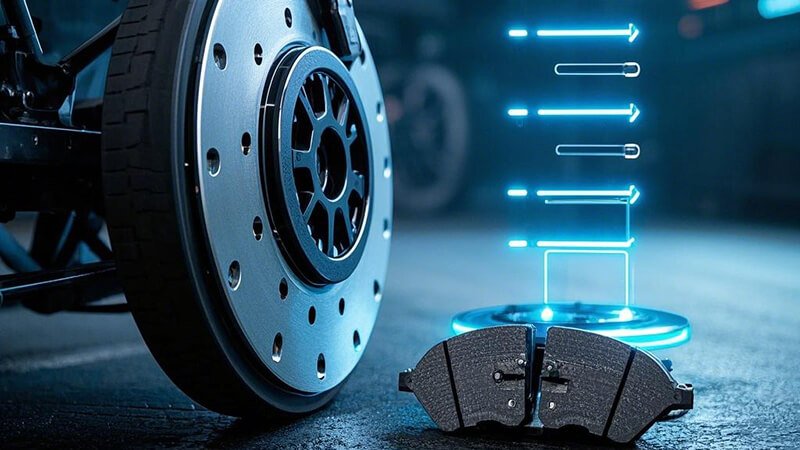
What are the most common car brakes?
Understanding the types of brake pads is one thing, but knowing which ones are most commonly used in cars is another. What are the most common brake pads used in vehicles today?
The most common brake pads found in cars today are typically ceramic, semi-metallic, and organic11. Each type offers specific benefits based on the vehicle and driving conditions, making them popular choices for different car models.
The most common car brakes are typically a mix of ceramic, semi-metallic, and organic brake pads. These three types dominate the automotive market for their unique characteristics that meet the needs of various car types and driving styles.
-
Ceramic Brake Pads12:
Ceramic brake pads are favored in modern cars because of their quiet operation and longer lifespan. Most sedans, SUVs, and everyday commuter vehicles come equipped with ceramic brake pads due to their excellent balance of performance and comfort. These pads are ideal for city driving, highway trips, and regular commutes. -
Semi-Metallic Brake Pads13:
Semi-metallic brake pads are widely used in vehicles that require a higher level of braking power, such as trucks, performance cars, and SUVs. These pads are known for their durability and ability to perform well under high temperatures, making them a solid choice for vehicles that experience heavy braking or high-speed driving. -
Organic Brake Pads:
Organic brake pads are less common today but still widely used in older vehicles or those with less demanding braking needs. These pads are softer, making them quieter and more comfortable to use. However, they wear down faster and don’t perform as well in extreme conditions.
The choice of brake pads largely depends on the type of vehicle and the driving style of the owner. Modern cars, especially sedans and everyday vehicles, often feature ceramic pads due to their longevity and quiet performance. Semi-metallic pads are more common in trucks and performance vehicles, while organic pads are mostly found in older cars or in vehicles that don't require intense braking.
Here’s a comparison of common car brakes:
| Type | Best For | Characteristics | Common Applications |
|---|---|---|---|
| Ceramic | Everyday vehicles, Luxury cars | Quiet, Long-lasting, Low dust | Sedans, SUVs, Light trucks |
| Semi-metallic | Performance cars, Trucks | Durable, High heat resistance | Trucks, Sports cars, SUVs |
| Organic | Older or light-duty cars | Quiet, Softer, Cost-effective | Older cars, City driving |
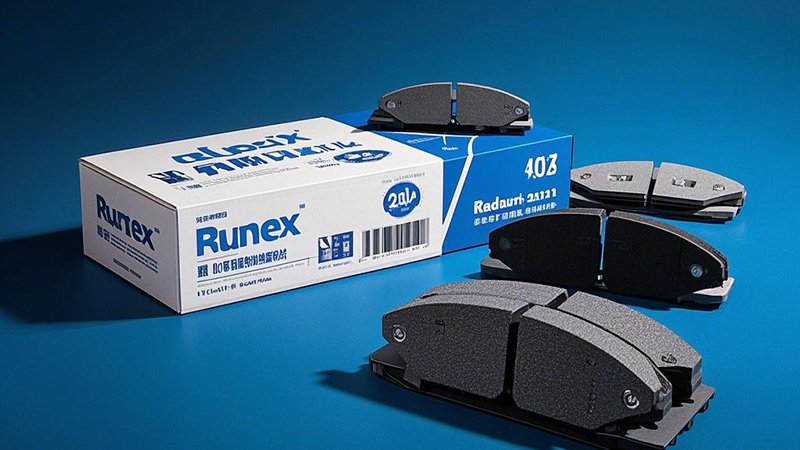
Conclusion
Brake pads are a vital component in any vehicle, and selecting the right type is essential for performance, safety, and comfort. Whether you choose organic, semi-metallic, or ceramic pads, it’s important to consider your vehicle's needs and your driving habits. Popular brands like Bosch, Brembo, and Akebono offer great options, and knowing which pads are most commonly used will help you make an informed decision when replacing your car's brake pads.
-
Provides a comparison of the three brake pad types, helping readers choose the right one. ↩
-
Provides detailed information on organic brake pads, including their materials, pros, and cons. ↩
-
Explains the benefits of semi-metallic brake pads, including their durability and heat resistance. ↩
-
Offers insight into the composition and benefits of ceramic brake pads for everyday driving. ↩
-
Offers detailed information on Bosch's brake pads, their features, and their popularity among car owners. ↩
-
Provides insights into the high-performance advantages of Brembo brake pads. ↩
-
Explains Runex's brake pad offerings and their position in the market compared to other brands. ↩
-
Provides an overview of why ceramic and semi-metallic pads are the top choice for most vehicles. ↩
-
Explains the advantages of ceramic brake pads, including their lifespan and quiet operation. ↩
-
Discusses the durability and high-temperature performance of semi-metallic brake pads for demanding vehicles. ↩
-
Provides a detailed explanation of the three most common types of brake pads and their suitability for different cars. ↩
-
Explains the advantages of ceramic brake pads, including their quiet operation and long lifespan. ↩
-
What makes semi-metallic brake pads a good choice for trucks and performance vehicles? ↩

